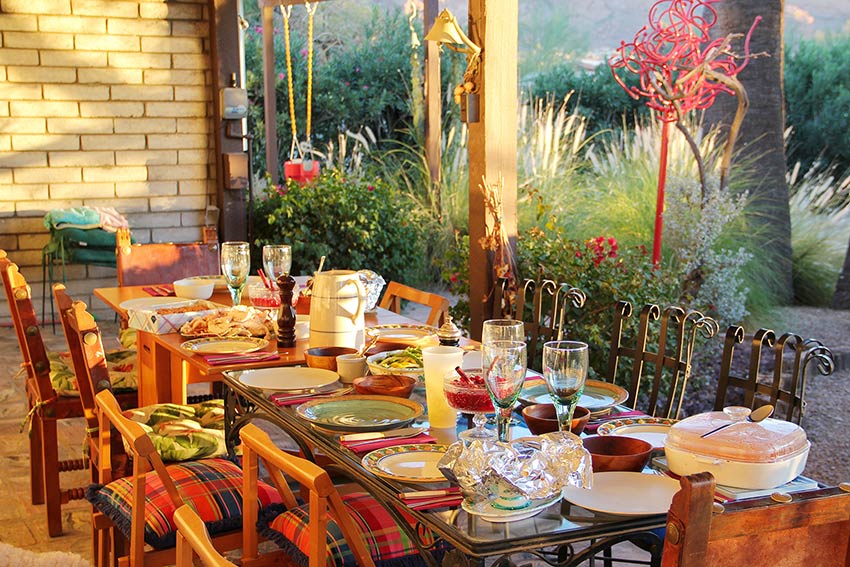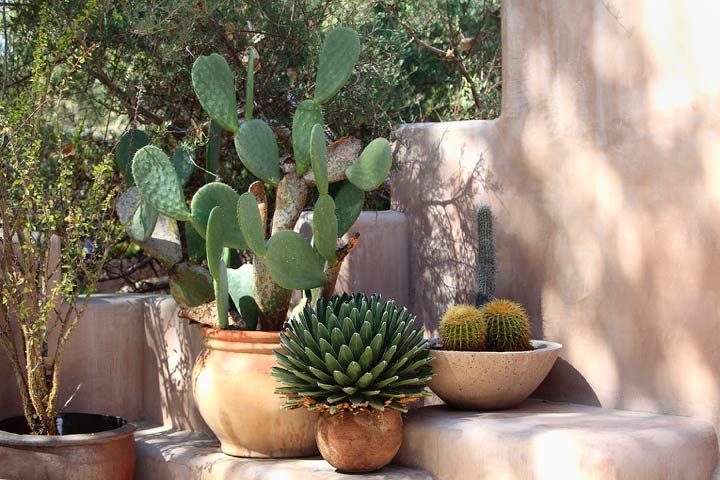3 Landscape Pitfalls and Their Easy Solutions
Are you frustrated with your landscape and not sure where to start?
Or perhaps you’re tired of all the work: weeding and watering, pruning, and managing pests.
You’re not alone.
-
- Failing to create an inspiring vision and clear goals for their landscape.
- Treating Nature as an enemy rather than an ally when they landscape.
- Failing to create a plan before starting their landscape project.
It’s not your fault.
The good news is that it doesn’t have to be this way!
These three easy solutions will help you have a landscape that’s more beautiful and enjoyable, and that’s easier and less expensive to maintain.
The #1 landscape pitfall is that people fail to CREATE A VISION for their landscape.
Deborah had recently moved to the area. When she bought her home, she inherited an odd assortment of plants plopped here and there throughout her yard with no cohesion. In addition, the plants she had were different than what she had known when she lived on the West Coast.
Deborah had NO IDEA how to turn her new landscape into a place where she’d love spending time and entertaining her friends. She felt discouraged by not knowing where to start even though she was an accomplished career woman.
Most people in this situation go to the nursery, buy some plants, and hope for the best. Or they hire a landscaper and pray they’ll work magic. Or, they worry so much about what to do that they never get started.
After agonizing for months over her landscape, Deborah was referred to me for a consultation. Hearing her talk, I immediately understood that the solution was creating a vision and goals for her property. Like planning a trip, until she understood clearly where she wanted to go, the chances were slim that she’d ever get there.
Providing Deborah with a comprehensive questionnaire gave her a step-by-step way to clarify what was important to her—and what wasn’t. A little of her time was all it took for her to gain clarity!
When we met two weeks later, Deborah beamed as she described her vision and laid out her goals for her landscape. Her sense of relief was palpable, and her confidence in completing her landscape project had returned because now she knew exactly what she wanted.
This landscape pitfall can be costly—in time, energy, and money. And it can rob you of satisfaction and enjoyment. So, before you start a landscaping project, clearly define your vision and lay out specific goals for your project.

Creating a vision for your landscape helps you design the perfect solution.
Pitfall 2: Homeowners don’t understand how nature affects their property.
Most people give no thought to how Nature impacts their landscape. Yet, understanding this is the single most important factor in landscaping success.
To thrive, plants need sun, water, and nutrients. Yet sadly, most home builders and landscapers treat Nature as a nuisance rather than a resource. In the end, this creates more work and expense for homeowners.
Rain that could be used as a source of free water for our plants is channeled off the property, down city streets, and into storm sewers.
Sun is ignored rather than used to best advantage. The result is plants that struggle and homes that are cool and drafty in the winter and hot and stuffy in the summer.
When unaccounted for, Nature can be a destructive force we constantly fight against. Used as an ally, Nature can make our jobs easier and less expensive.
Penny and Ned were new to the area. They had gardened successfully in the Pacific Northwest but quickly discovered that gardening in Arizona was different. Seeing plants die discouraged them. They knew they had to do something different!
I provided them with a complete site analysis detailing how the sun, wind, rain, and other factors impacted their property. The analysis helped them see how the sun created micro-climates with ideal places for various plants on each side of the house. After that, plant selection was easy.
Penny and Ned also recognized that tall shrubs planted on one side of their house were blocking the winter sun and the “free heating” it could provide for the rooms on that side. They also observed that planting trees to block the hot summer sun would cool the rooms on another side of the house.
In addition, we worked together to direct rainwater from one area to another to eliminate erosion and pooling while providing water for their plants and reducing the need for supplemental irrigation.
Penny and Ned love their beautiful new landscape—and the time, money, and water they’re saving! They’re delighted that their local utility company has estimated future savings on heating and cooling of $500/year. And they’re saving 16,000 gallons of water a year simply by directing rainwater to their plants instead of the streets.
So before you start planting, take time to understand how you can make Nature your ally in landscaping.

These plants are in the perfect location to get the sun and shade they need.
Pitfall 3: Homeowners fail to make a written landscape plan.
One of the most common pitfalls for homeowners is what I call the “Mix and Match” syndrome.
It’s an easy trap to fall into. I did when I first moved from the Midwest to Arizona in 1990. I would go to the nursery, see beautiful plants in bloom impulsively buy one for my yard. I’d bring it home and stick it in the ground with no clear plan of what I was trying to accomplish. Pretty soon, my yard looked like a hodge podge of plants.
According to Bob Vila of This Old House, “the biggest landscaping mistake that homeowners make is not having a coherent plan (for their landscape),” giving the property a “piecemeal appearance.” A landscape plan provides an integrated design that can increase the value of your home and that will be beautiful and functional for years to come.
Anita is a Nature lover. When she moved to Arizona from back East, she knew she wanted to attract butterflies to her yard. She had done her homework and identified native plants that were butterfly magnets. The problem was that she had no idea where she would plant them before she started bringing them home. Pretty soon, she ended up with one of each variety of plant planted in a long row like soldiers lined up for inspection.
She knew she wanted a more cohesive look when she contacted me but wasn’t sure how to accomplish that. Thankfully, her plants were still young and could still be easily transplanted. I provided her with a written landscape plan showing her that she could create interesting plant groupings of complementary colors and textures by moving a few of the plants and adding a few more of the same plants.
The result was a harmonious landscape that the butterflies loved, and she did too!
The important thing is to get a plan down on paper before you start.
